Nui
(verb) to be large, big, many, plentiful, numerous, great, abundant, ample, superior, of high rank, important.
(noun) size, quantity, vastness, greatness, importance, amount, abundance, plenty, rank.
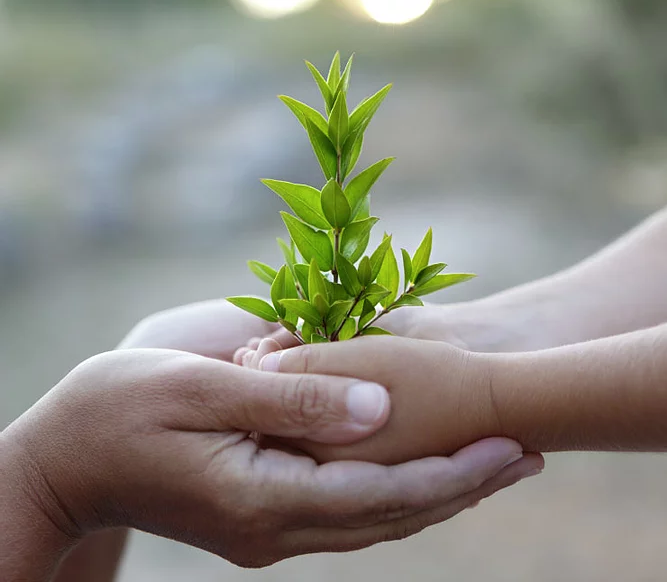
(verb) to be large, big, many, plentiful, numerous, great, abundant, ample, superior, of high rank, important.
(noun) size, quantity, vastness, greatness, importance, amount, abundance, plenty, rank.
Tōtara are a type of Podocarp (Podocarpus totara) that can only be found in New Zealand. In Queen Charlotte Sound / Tōtaranui there used to be many large Tōtara – hence the name.
They are a medium to large tree which grows slowly to around 20 to 25 m with some reaching 35 to 40 m in height. They can grow for over a thousand years and have a trunk up to 4m in diameter. Trees are either male or female. In autumn the female tree produces fleshy berry-like fruit which are bright red when mature. Fruits take about a year to ripen, but may be found throughout the year, however most often between April and May. The fruit is therefore a food supply for the native animals.
The Tōtara for Tōtaranui Project is named in the trees honour and it is important for our restoration work, with the aim of returning the mighty tree to the area where they were once abundant.
If the restored forest only had Tōtara then the food supply for the animals would be limited to a short part of the year. So to achieve a healthy and abundant forest we need to plant a variety of native plants and shrubs that provide nectar, seeds, and berries all year-round so the animals always have food available to them.
Common bird species and their preferred food:
| Species | Nectar | Fruit | Foliage | Insects |
|---|---|---|---|---|
| Kākā | ✓ | ✓ | ✓ | |
| Kererū (wood pigeon) | ✓ | ✓ | ||
| Korimako (bellbird) | ✓ | ✓ | ✓ | |
| Kōtare (kingfisher) | ✓ | |||
| Pīwakawaka (fantail) | ✓ | |||
| Riroriro (grey warbler) | ✓ | |||
| Tauhou (silvereye) | ✓ | ✓ | ✓ | |
| Tūī | ✓ | ✓ | ✓ |
The native planting programme has been underway since 2016.
Phase 1 – Victoria Domain Pilot
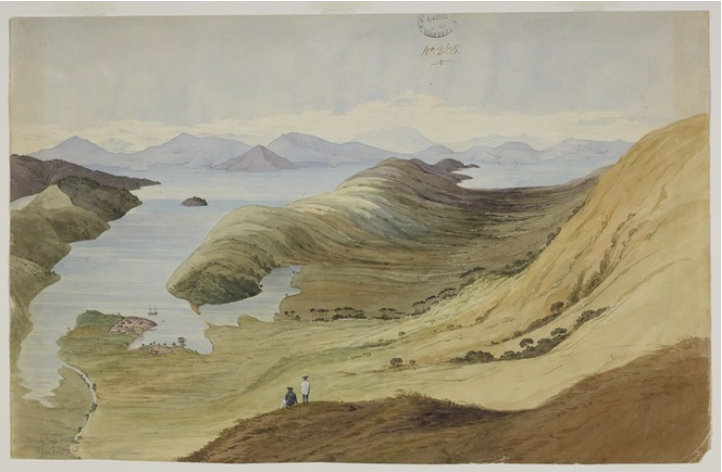
Fox, William, 1812-1893. Fox, William 1812-1893 :Bird’s eye view of Waitoi. [1848]. Ref: C-013-001. Alexander Turnbull Library, Wellington, New Zealand. https://natlib.govt.nz/records/23122180
Historically the area was cleared of vegetation, grassed and farmed as shown in the 1848 painting by William Fox. The area is now recovering back to natural vegetation.
Over 1,000 native plants have been planted in the reserve.
A Draft Reserve Management Plan for Victoria Domain has been developed for the long term management, development and maintenance.
Phase 2 – Arapaoa (formerly Arapawa) Island
In conjunction with the development of the Tūpoupou Marine Protected Area it is planned to undertake native plantings in each of the catchments feeding into the Tūpoupou Marine Protected Area.
It is critical that we protect and restore this area as soon as possible with a focus on reducing sediment input and improving water quality.
The area is the breading and birthing bays of the endangered Hector’s Dolphin / Tūpoupou and one of the feeding grounds for the endangered King Shag / Kawau a toru.
The area is called Tūpoupou not only because that is one of the names for Hector’s Dolphin but it also means serious illness, which seems like an appropriate description for an ecosystem that needs help.
Subsequent phases
The order in which additional catchments will be restored will be determined from the catchment condition assessments and surveys and subsequent integrated catchment management plans.
We need to be mindful that it takes time for the thousands of seeds to be raised to viable seedlings, a process that can take two years for some species.
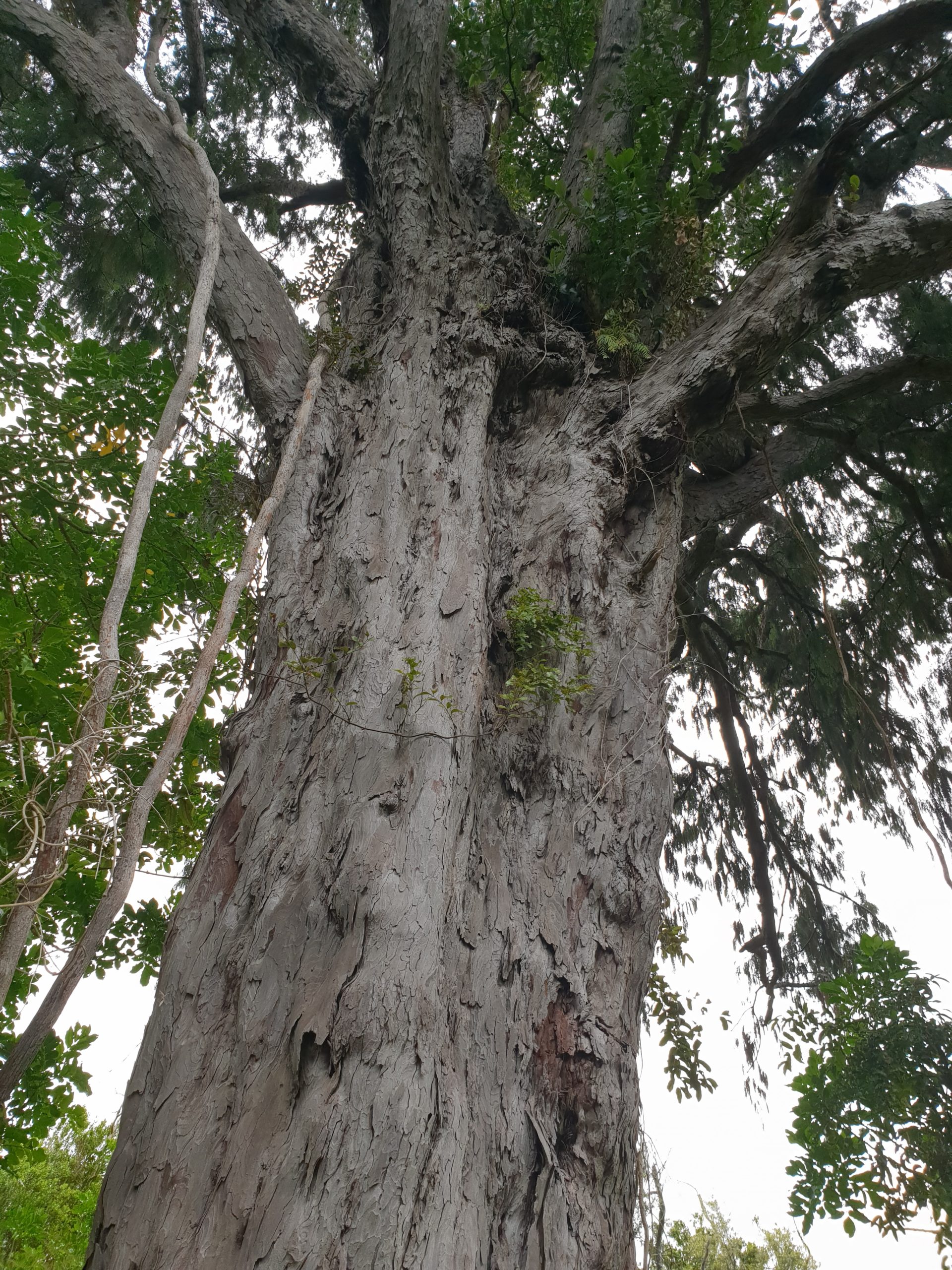
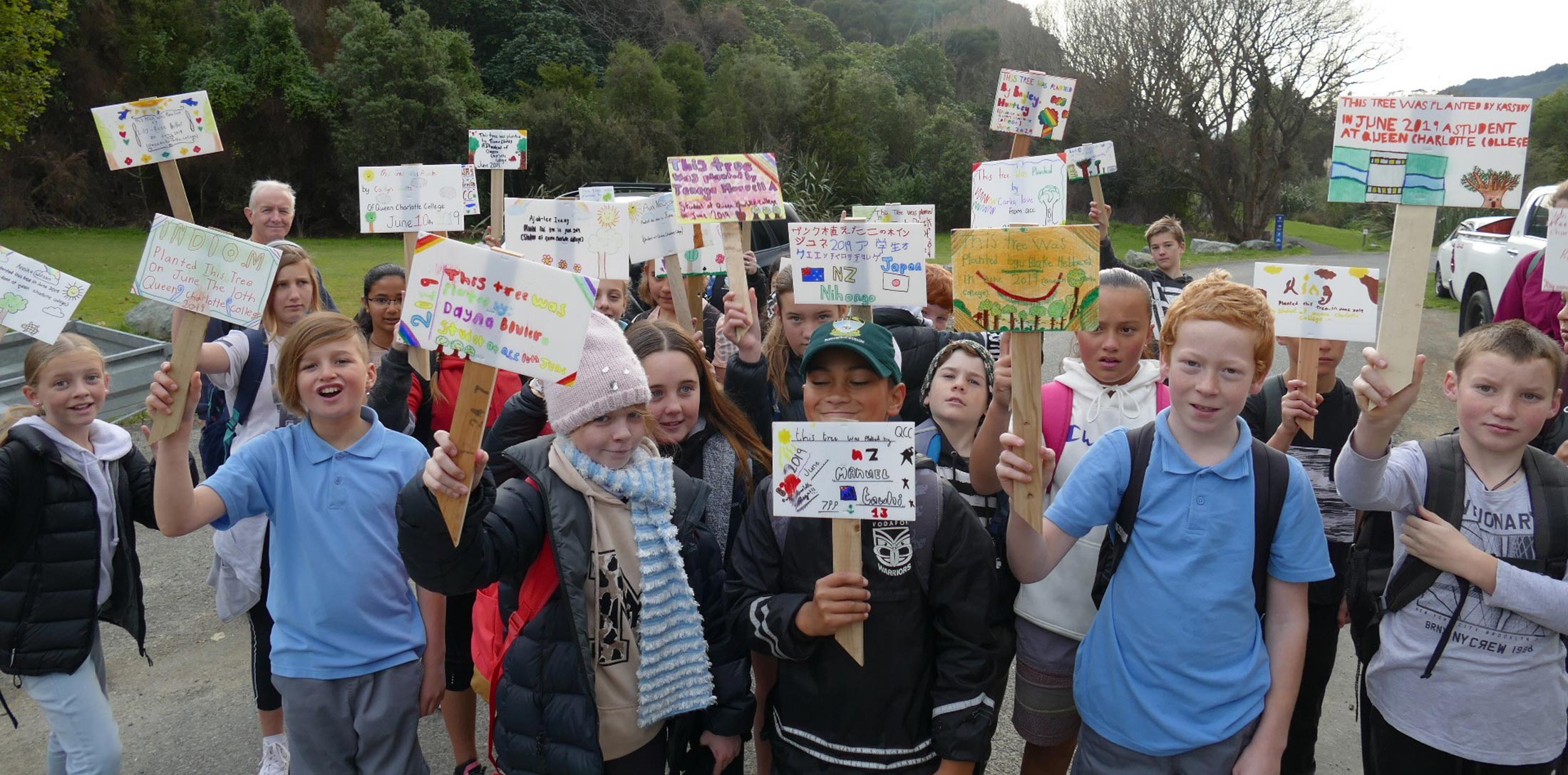
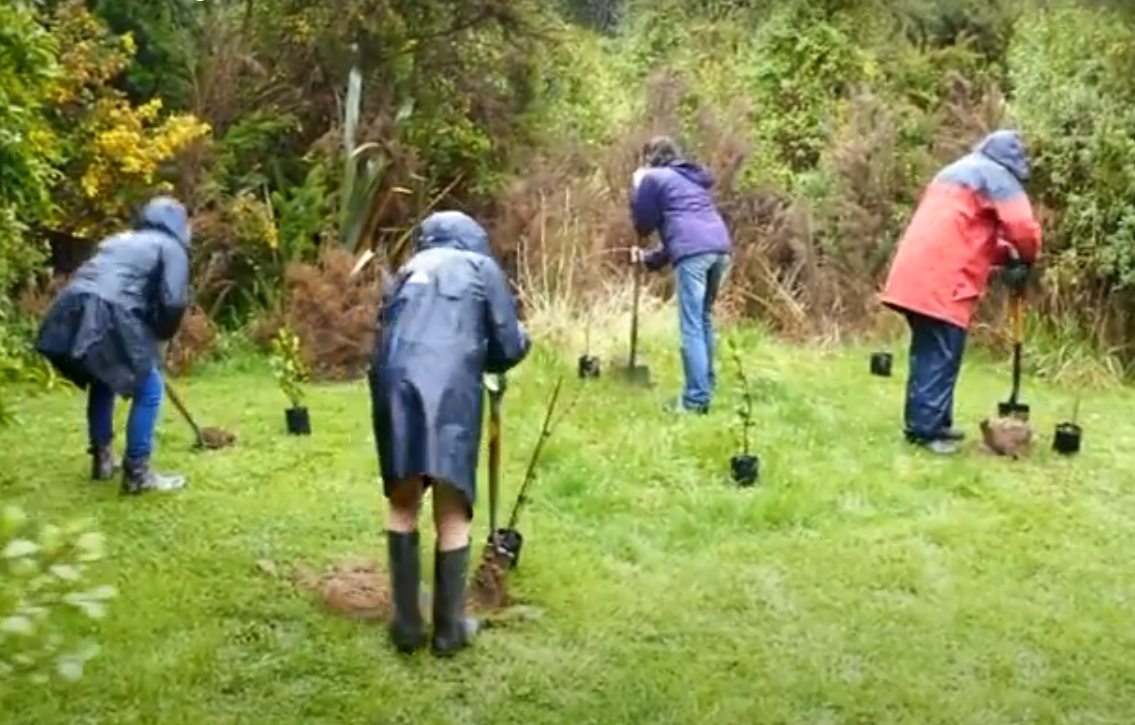
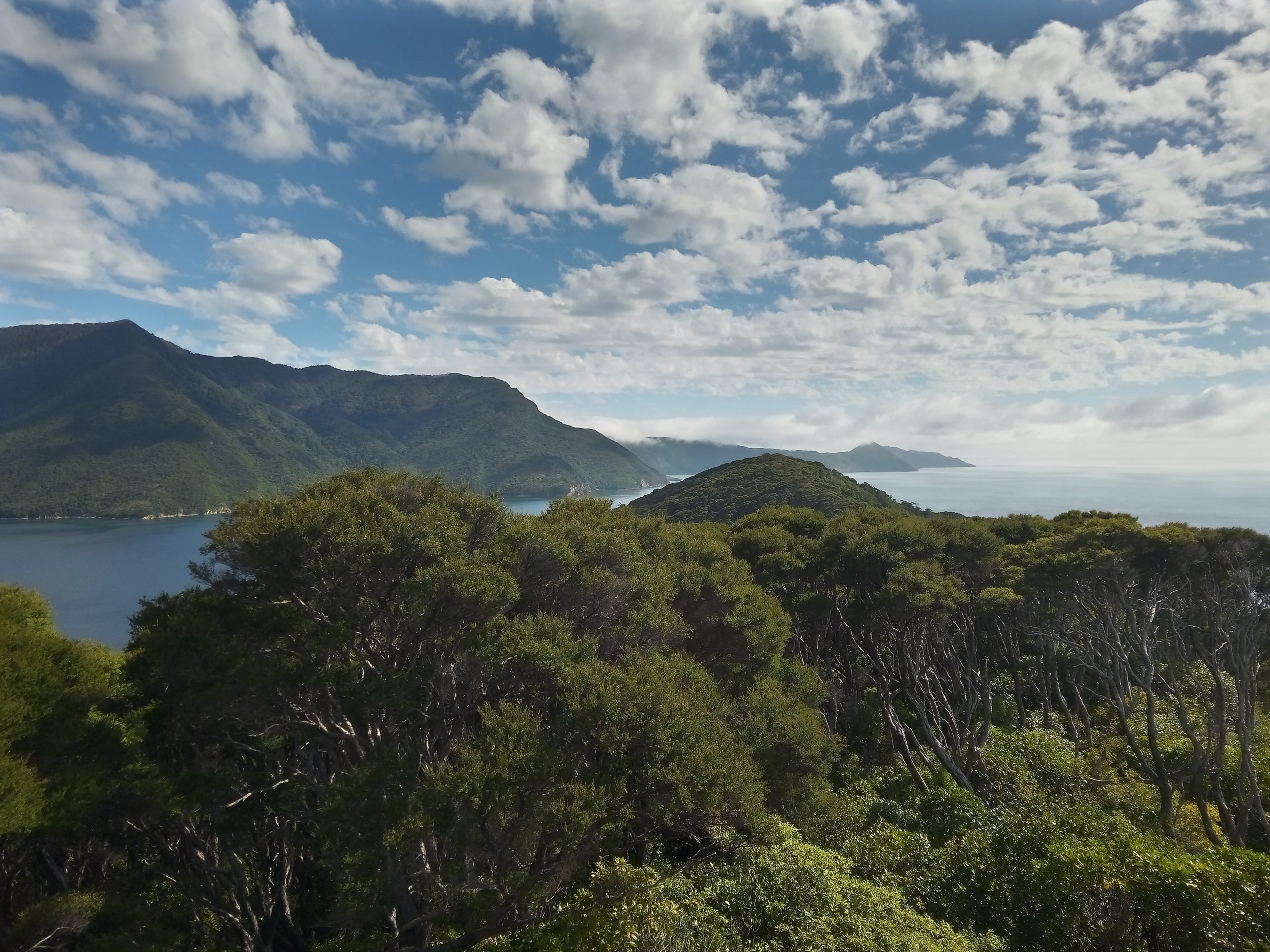
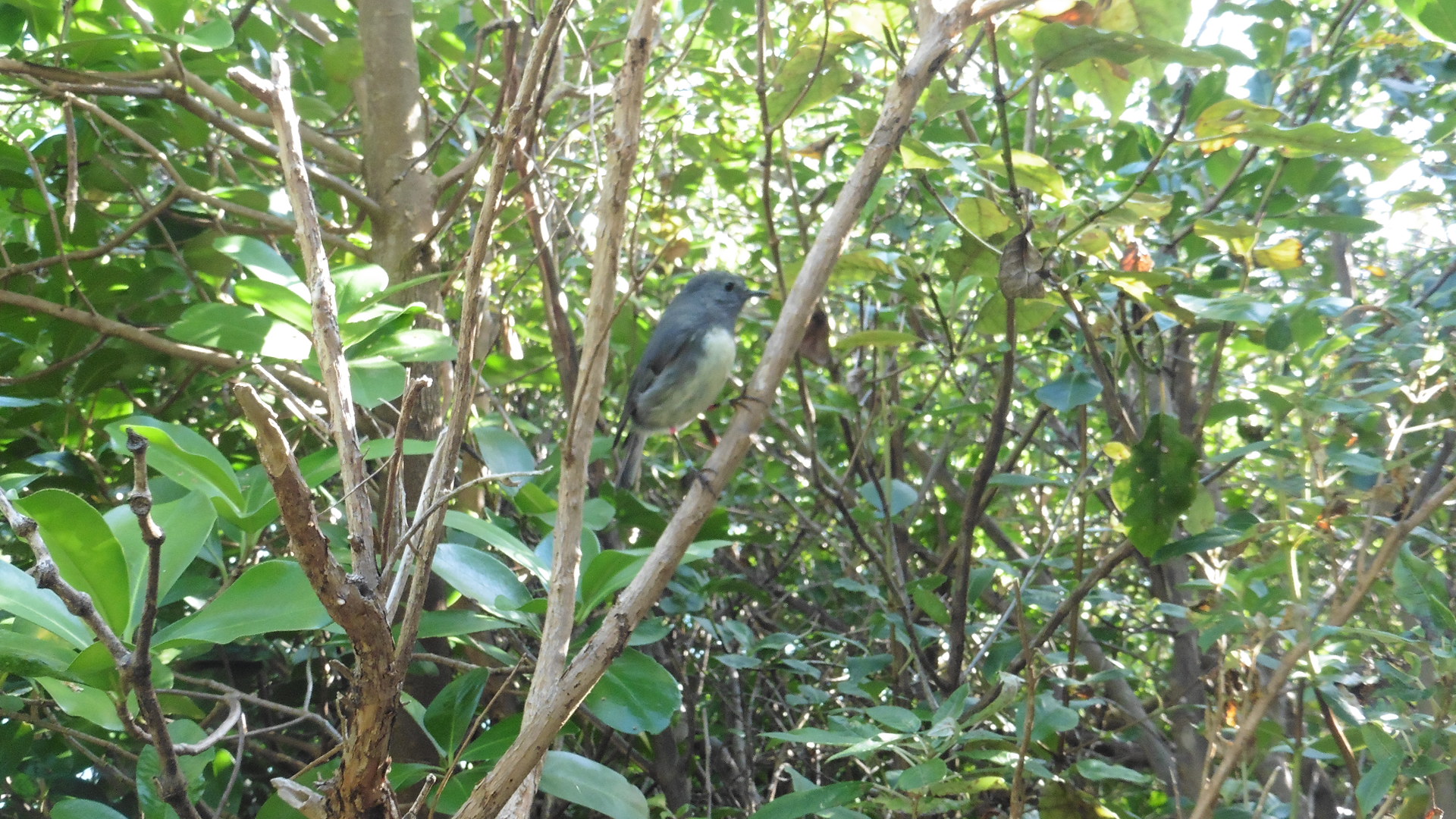
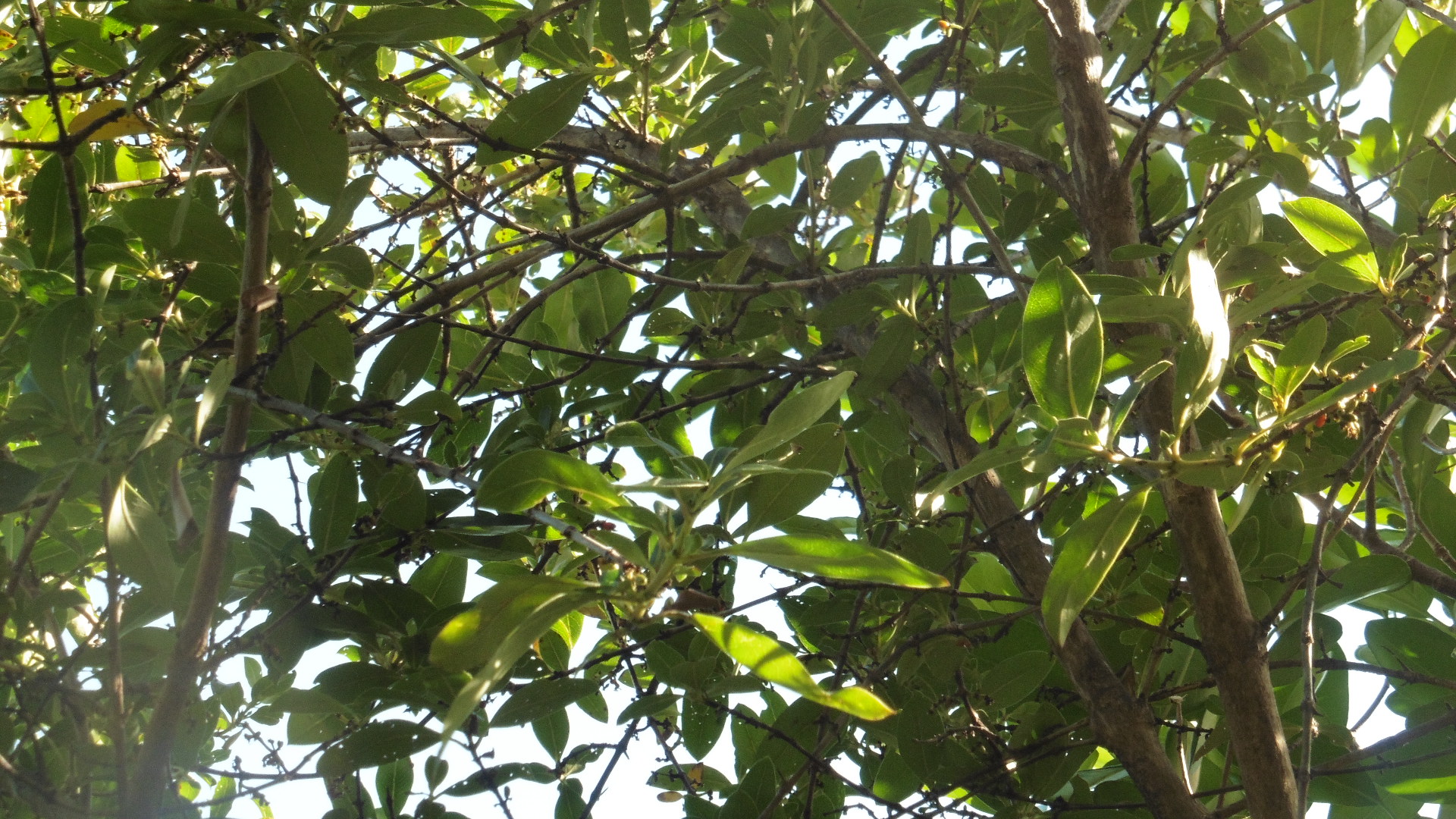
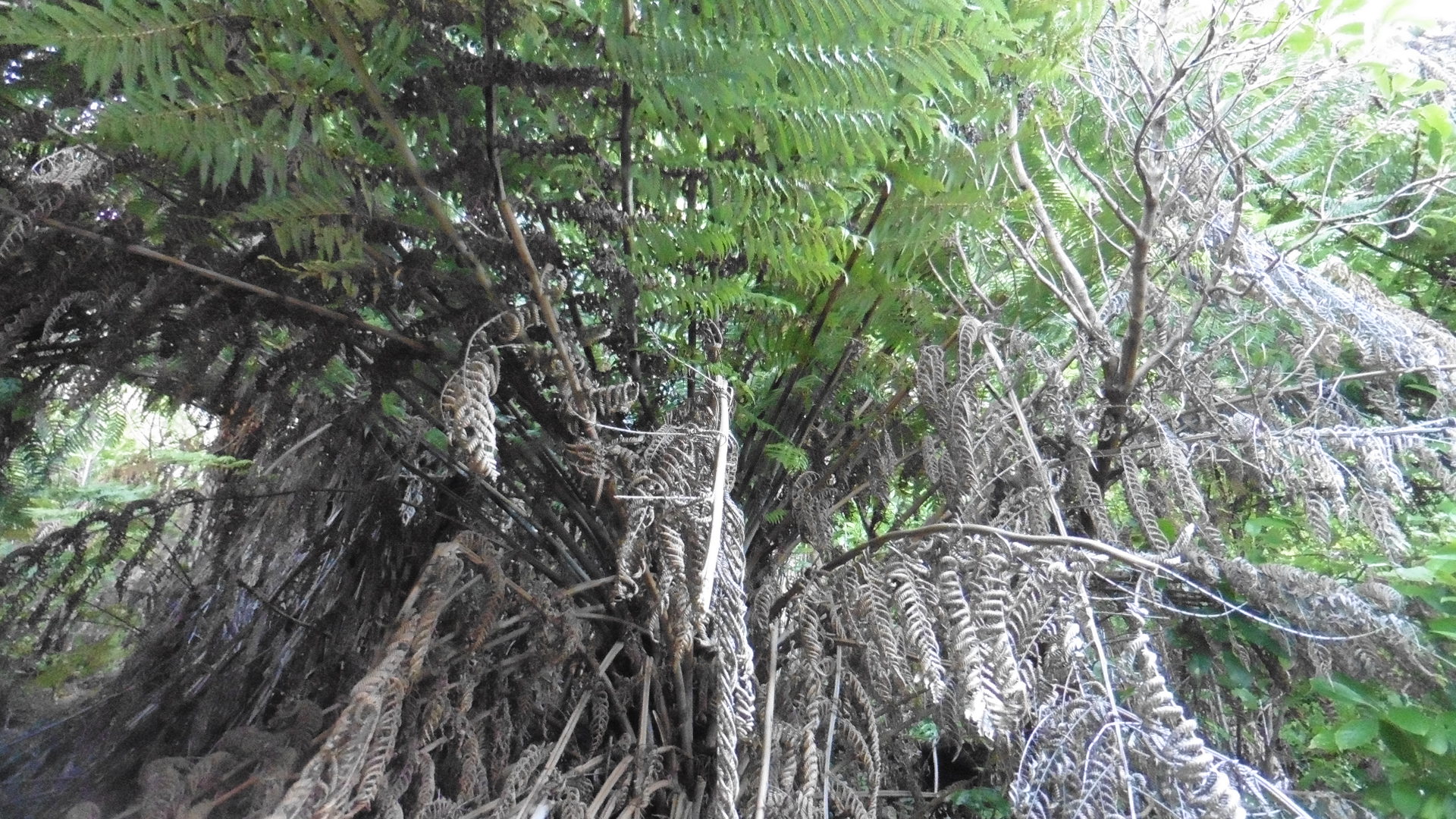
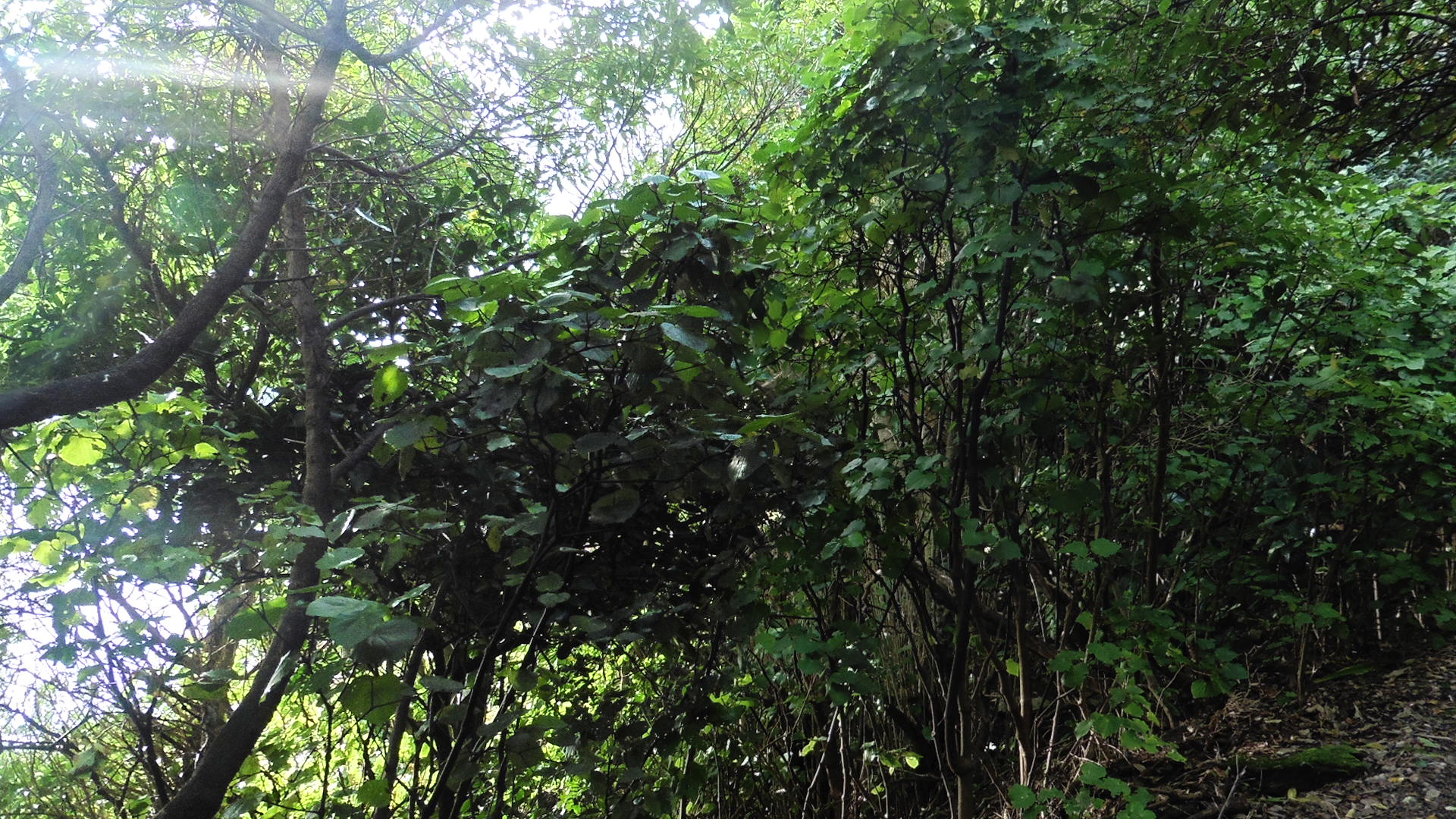
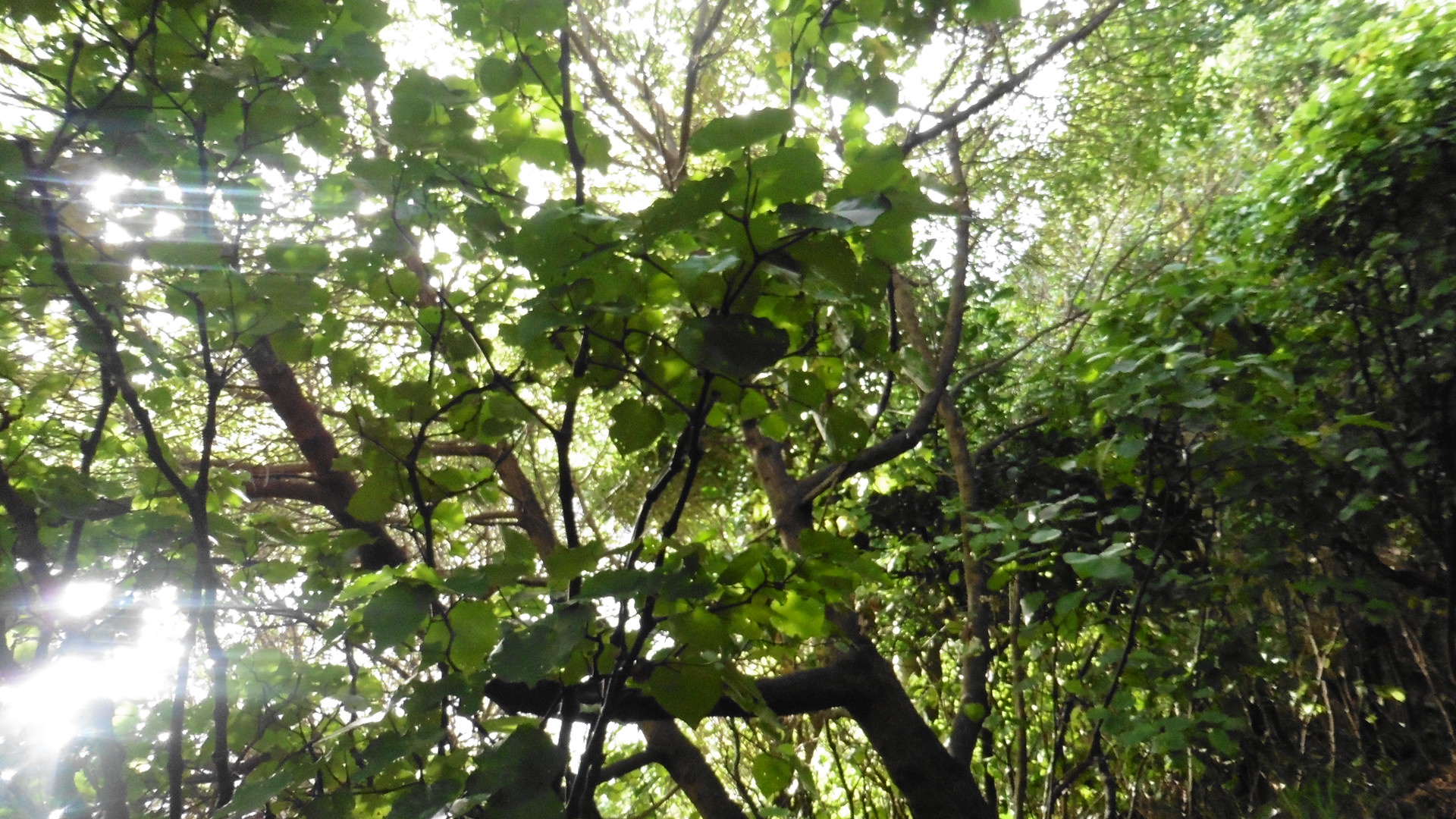
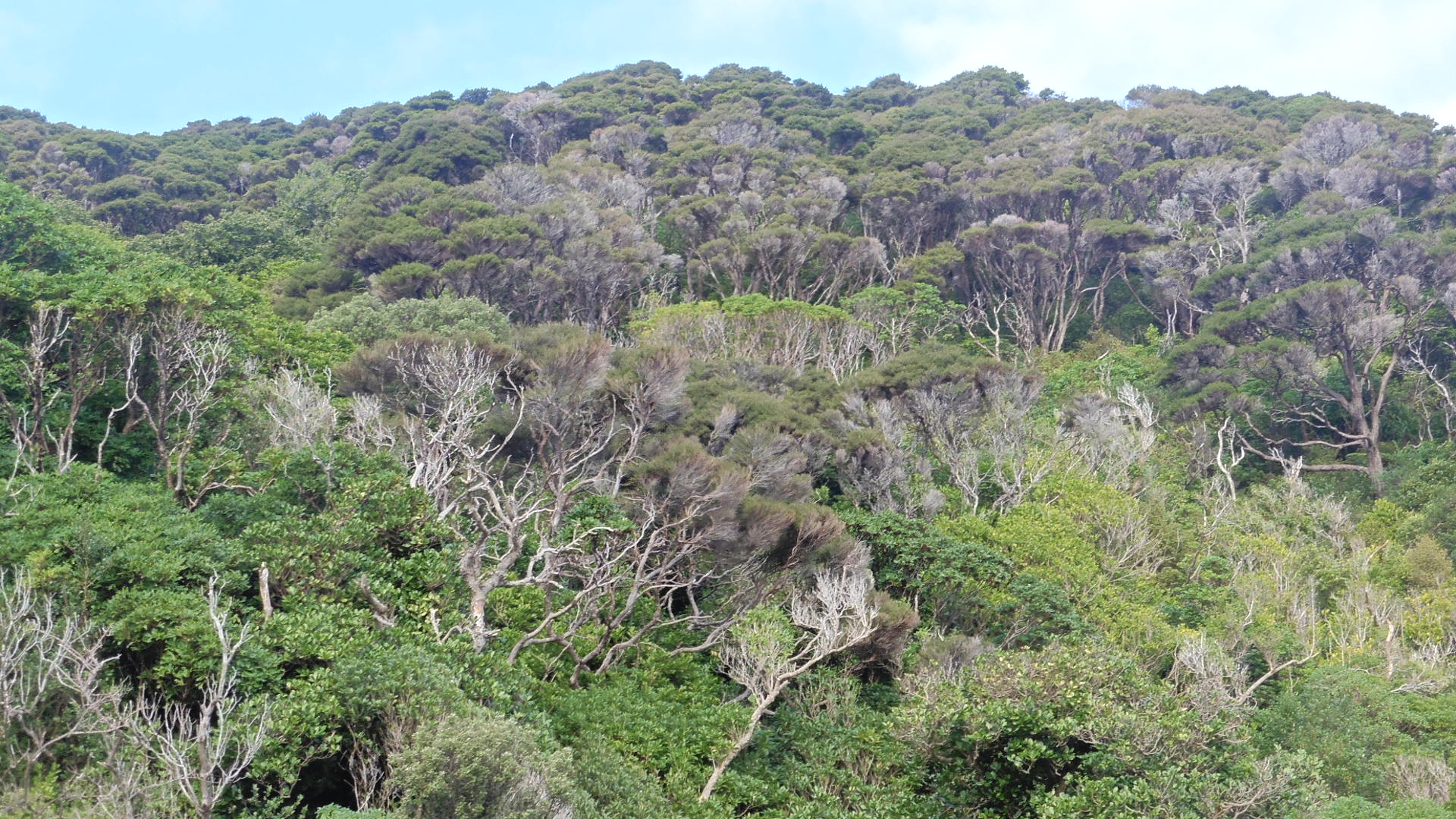
Further information
- Planting list – Inner Sounds.
- Planting list – Outer Sounds.
- Planting list – Coastal Sites.
- Planting list – Wetland Sites.
- Summary Report on the Results of the Significant Natural Areas Project 2019-2020.
- Guidelines for converting pine plantations to native vegetation in the Marlborough Sounds.
- Victoria Domain Reserves Management Plan Waitohi/Picton and Waikawa.